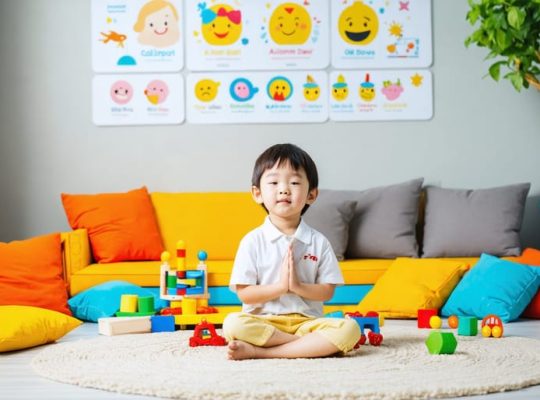Master Your Child’s Big Feelings: Real-World Examples That Actually Work
When your child throws a tantrum in the grocery store or your teenager slams their bedroom door, emotional regulation becomes more than just a parenting concept – it becomes an urgent need. Understanding how to manage intense feelings isn’t just crucial for our children; it’s essential for everyone in the family.
Picture this: A toddler learning to take deep breaths when frustrated with a puzzle, a school-age child creating their own quiet corner for decompressing after a tough day, or a teenager journaling their way through complicated emotions. These real-world examples of emotional regulation aren’t just …










